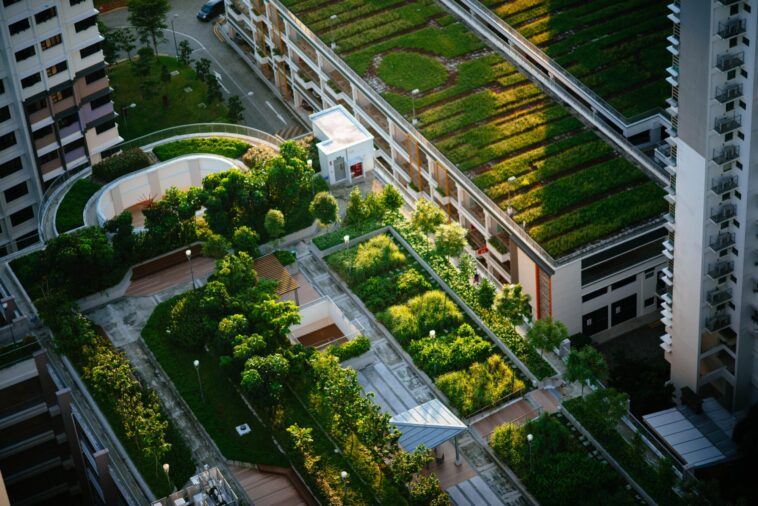Do you want to live somewhere that makes it easy to be environmentally conscious? Those that prioritize Mother Earth give us more chances to do the right thing. Traffic congestion, public transportation, biking, and walking choices, renewable energy sources, tree canopies, decent air quality, and availability of nutritious foods, such as farmers’ markets, are all important to them. Read on for some of the most environmentally aware cities in the US.
The nation over, residents are putting forth more focused attempts to make their ways of life all the more harmless to the ecosystem.
Indeed, a significant number of us participate in harmless to the ecosystem exercises consistently, whether or not we know it: disposing of garbage mail, washing garments in chilly water, and picking reusable water containers or straws all assume a part in aiding the climate.
How does “maintainability” vary from “eco-accommodating?”
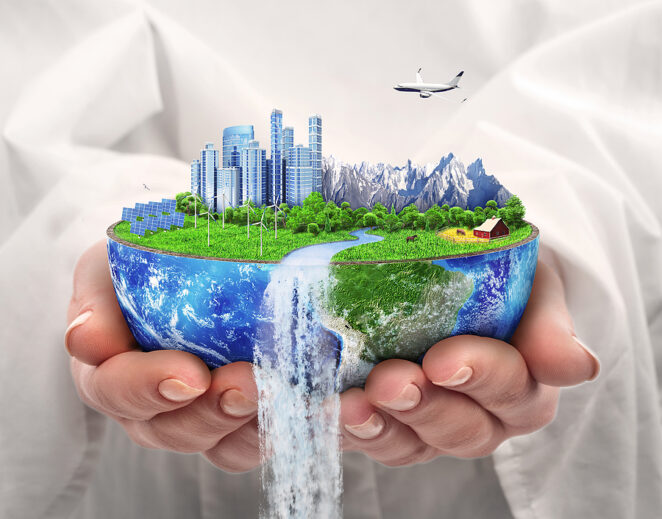
To qualify as quite possibly the most maintainable and greenest urban areas in America, metropolitan climate should reflect social versatility and top-caliber of life, have low contamination measurements, and show solid monetary execution. The review considers three significant elements – “individuals,” “planet,” and “benefit” – while positioning the most manageable urban communities in the U.S.
“Eco-accommodating” centers essentially around a city’s natural effect, for example, its fossil fuel byproducts, energy use, and contamination. Since we’re taking the planet record (or contamination measurements) most into account, eco-cordiality includes emphatically in our rundown.
Since we know the boundaries of maintainability utilized, here are six of the most eco-accommodating and most supportable urban communities in the United States of America.
1. San Diego
San Diego has a citywide renewable energy program, is creating a zero-waste plan, and is modifying the policy to convert the bulk of the city’s public transit fleet to electric cars. The higher-than-average quantity of sunshine in the area, as well as the consensus among municipal leaders to pursue sustainability as a key priority, have all contributed to San Diego being a city that runs totally on renewable energy. Furthermore, California’s goal for 100% renewable energy (100RE) across the state has allowed San Diego to try to reach 100RE rather rapidly. San Diego has pushed on with its San Diego Climate Action Plan in this regard.
2. San Francisco
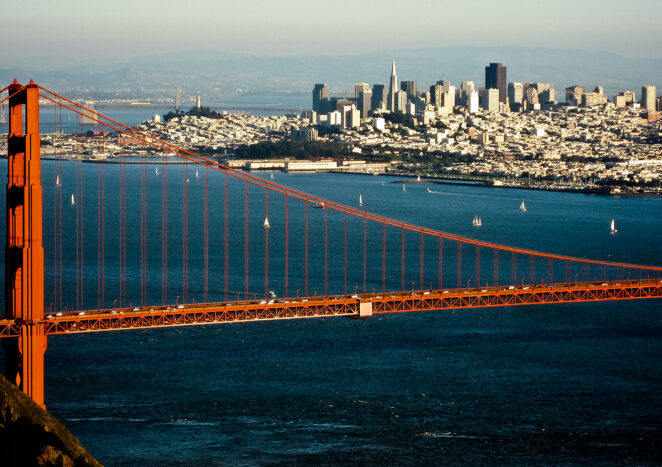
Residents like the city’s proximity to nature and recycle as a matter of course, while businesses have adopted sustainable practices more quickly than in most other major cities. Residents are given bins for landfill waste, recycling, and compost in the city’s tri-part waste program, which began in 2008 and is still in use today. Residents and companies are expected to sort their garbage appropriately under the Mandatory Recycling and Composting Ordinance. There are also financial incentives to use the compost and recycling bins, as shrinking the landfill container saves money. Advocating for items built with a cradle-to-cradle strategy is a part of the goal for 100 percent waste diversion.
3. Portland
Bicycles are used by a whopping 8% of the city’s residents as their major form of transportation. Portland has nearly 250 miles of bike pathways, trails, and bike lakes to aid with all of the bike traffic. Portlanders also take advantage of the city’s public transportation system, which helps to minimize carbon emissions even more! Despite the fact that the national average for coal energy use is 42 percent, Portland is pleased to use coal for only 25% of energy demands.
Over 175 LEED Certified buildings may be found in Portland, indicating that they exceed stringent energy efficiency requirements. This city has the greatest per capita income of any in the country. Portland recycled 56.8% of the garbage generated in 2008. That’s a lot of information! Residential recycling alone saves over 250,000 tons of CO2 each year in Portland, the equivalent of 35,000 cars on the city’s roadways for a year.
Portland is known for its Forest Park, which encompasses over 5,000 acres of green space. The housing market in Portland is still brisk. Despite the pandemic’s economic slowdown, Portland Houses for Sale continue to bring buyers and sellers together. In 2024, closed sales were on par with or greater than the previous four years. For more information, check redfin.com.
4. Honolulu
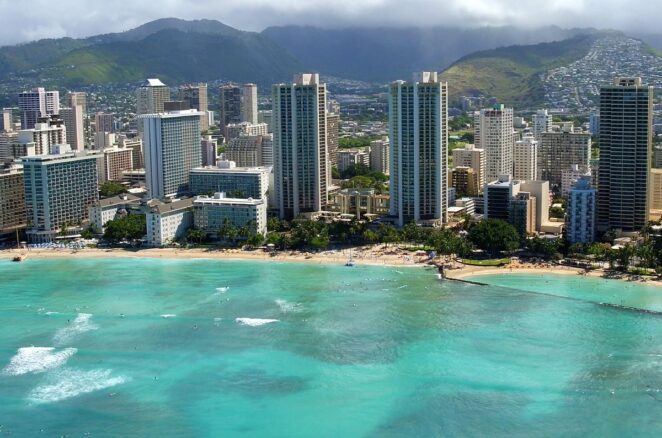
The Big Island has such a big landmass that it can easily fit all of the smaller islands within its massive size. With limited electric, water, and waste resources, it is critical for the island to be able to support itself, even if a major portion of supplies, food, and even gasoline must be imported to keep the island’s economy afloat. Despite these obstacles, the Big Island is lighting the way toward more self-sufficiency in food production, energy generation, and individual self-sufficiency in growing and living situations that they can control.
On the island, catchment systems are critical for obtaining drinking water for personal use. Rainwater is typically collected on the roof and filtered into massive catchment systems before being used in the dwelling. This is not only free and dependable, but it also puts each person in charge of their own wants and filtering requirements. For users with tiny catchments or who run out of water in dry conditions, county spigots are also available. Even plentiful fruits and vegetables are casually shared or traded among friends and neighbors.
5. Portland, Oregon
Portland procured the best position on Travel + Leisure’s 2015 perusers’ review of the greenest urban communities in America. The magazine requested that perusers rank objections in view of eco-accommodating contributions like mass-travel choices and eateries that source fixings locally.
From veggie lover food truck eats to secondhand shop strings, Portland isn’t simply hip – it’s practical, as well.
6. Seattle, Washington where reusing is simple
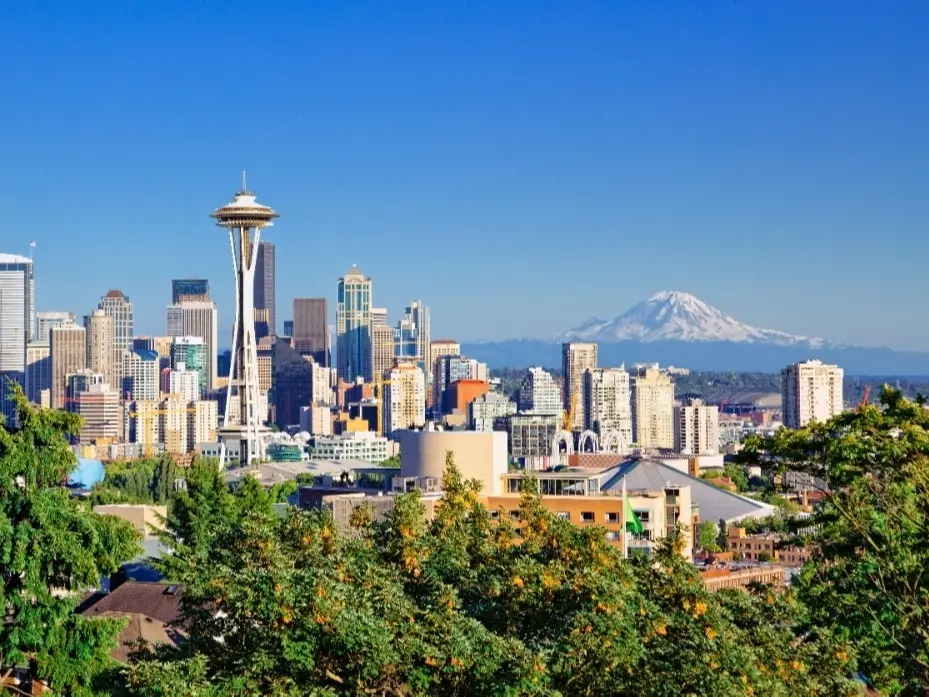
Despite the fact that Seattle is one of America’s quickest developing urban areas (its populace hopped 25% from 2010), not entirely set in stone to downplay rubbish. The city took on a required reusing law in 2004 and spurs occupants to reuse the more rubbish you throw, the more it costs ($41.85 each month for a 32-gallon curbside can versus $82.95 for a 64-gallon truck). The city reuses leaves and grass clippings, food scraps, even pizza conveyance boxes and transforms them into manure.
Seattle might be known as the Emerald City in view of its all year vegetation, however, the epithet should be visible as considerably more proper given the city’s broad green endeavors. Seattle is home to the country’s first carbon-unbiased service organization, Seattle City Light. On account of the organization’s hydroelectric dams, the city positions in the top 3% of the country for environmentally friendly power. While Amazon intends to accomplish net-zero fossil fuel byproducts by 2035, Microsoft has focused on becoming carbon negative by 2032.
The Least Environmentally Friendly Cities in America
While numerous urban communities are loaning themselves to green endeavors, others are not.
The most harmless to the ecosystem city in America is Indianapolis, Indiana. In three of the eight classifications, we considered, Indianapolis was in the last four, including walkability and squander per capita each year. Woefully absent in the city is admittance to parkland: Indianapolis positions rearward in both parklands per 1,500 occupants and number of inhabitants inside strolling distance of a recreation area.
Our Final Verdict
Despite which city is “greenest,” all United Satess’ urban communities are greening up each day since organizers currently understand the monetary benefits of utilizing less energy, reusing more, and keeping air and water clean. We can all help by supporting civil energy reserve funds, reusing and treating the soil projects, and local area upgrade endeavors. Who can say for sure: If you keep it up, perhaps your city will top one of the following year’s rundowns.
This was all for today’s article. We tried to cover all the important cities of the United States of America that are environmentally aware as well as eco-friendly. I hope the article proved helpful to you in all the aspects. If you are planning on settling in one of the cities of The United States of America, make sure you decide in moving into one of the cities listed above.

